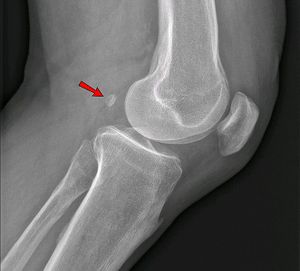An open access article, published in the Journal of Anatomy on the 17th of April, has caused a small sesamoid bone to hit headlines around the world – the Fabella.
If you haven’t heard of the fabella before we have an excellent page on Physiopedia which quickly bring you up to speed on all you need to know but here are a few facts:
- Fabella is Latin for little bean

- It is a small sesamoid bone located behind the lateral femoral condyle which is embedded within the lateral head of gastroc
- Prevalence ranges from 3% to 87%
- Highest rates reported in Asians and Australians
- It’s exact function is not known but it is more common in non-human mammals
- The fabella is known to complicate some knee replacements due to it ‘snapping’ over the replacement condyle which lacks a articulating groove
The reason this study hit mainstream media is because this systematic review suggests that the prevalence of the fabella is increasing over time in the Korean population they investigated. It is currently unclear why this sesamoid bone is increasing in prevalence whereas others are not. The leading theory is because of humans increasing in height and weight we need the fabella to help increase the mechanical advantage of our calf muscles – in a similar way to all other sesamid bones.